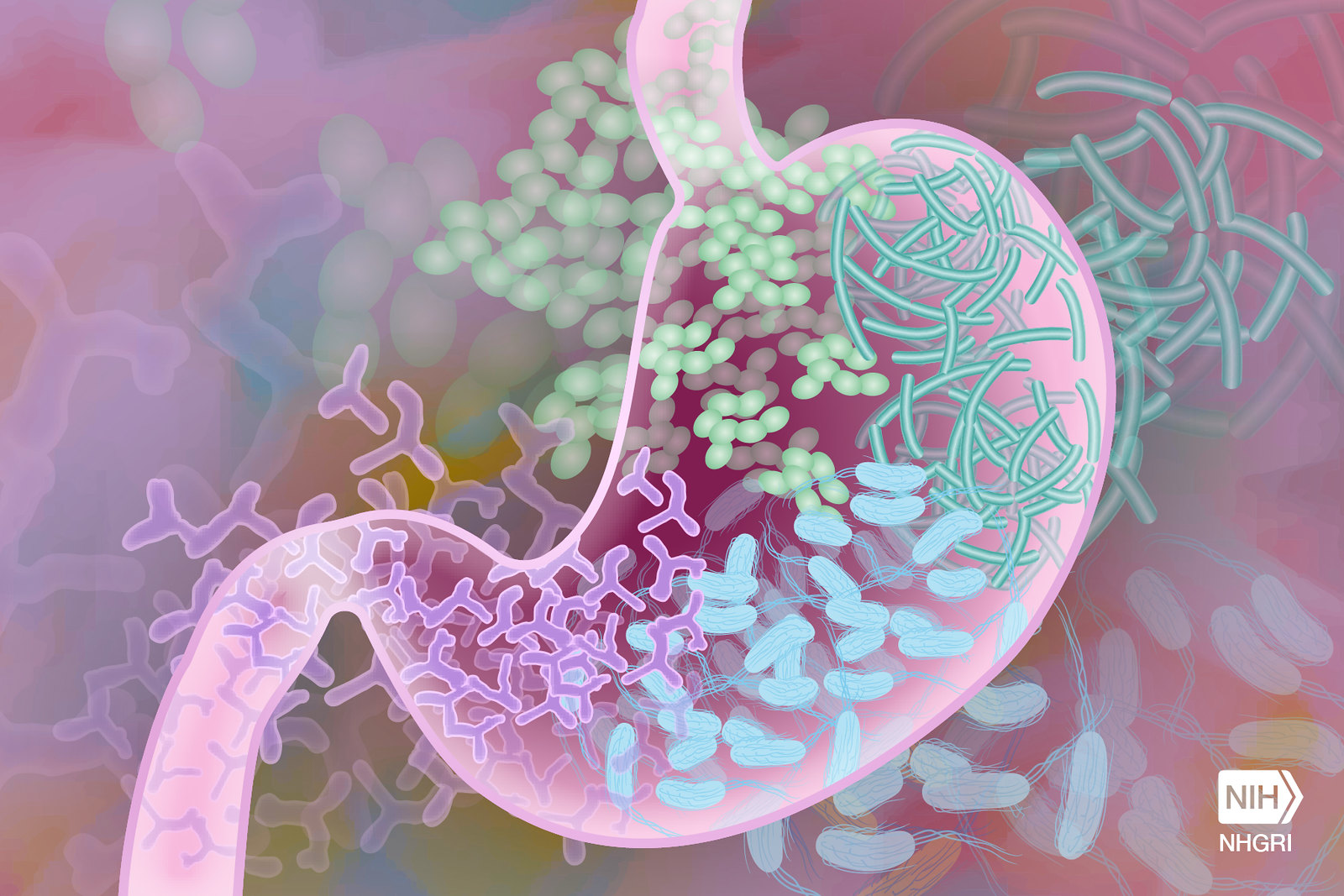
New research led by Frank Duca, associate professor at the University of Arizona, suggests that consuming foods rich in beta-glucan, a type of fibre found in oats and barley, can reduce body weight and obesity by stimulating the release of glucagon-like peptide-1 (GLP-1). The study, published in The Journal of Nutrition, analysed the impact of different fibres on gut microbiota.
“We know that fibre is important and beneficial; the problem is that there are so many different types of fibre,” Duca said. “We wanted to know what kind of fibre would be most beneficial for weight loss and improvements in glucose homeostasis so that we can inform the community, the consumer and then also inform the agricultural industry.”
Not all fibre is created equal
The researchers looked at the effect of five different plant-based fibres in rodent diets: pectin, beta-glucan, wheat dextrin, starch and cellulose. Only beta-glucan resulted in reduction of body weight and fat, as well as improvements in glucose homeostasis. Beta-glucan is a unique fibre that is found in many foods, including oats, barley, mushrooms and yeasts, and future studies will examine how different sources of beta-glucan could differ in their effectiveness.
Changes in metabolites – the molecules produced when gut bacteria interact with fibre – seemed to be responsible for the weight-loss effects, particularly a specific metabolite called butyrate. Butyrate is a key fuel source for colon cells, promoting a healthy gut barrier to reduce systemic inflammation. Butyrate also induces the release of gut peptides, or messengers that regulate the functions of the gut, such GLP-1.
Drugs like semaglutide are synthetic versions of GLP-1, which stimulate insulin and can also help people feel full. One key difference of naturally occurring GLP-1 is its rapid degradation near the intestine, whereas semaglutide is made to last longer and target the brain.
“Part of the benefits of consuming dietary fibre is through the release of GLP-1 and other gut peptides that regulate appetite and body weight,” Duca said. “However, we don’t think that’s all of the effect. We think that there are other beneficial things that butyrate could be doing that are not gut peptide related, such as improving gut barrier health and targeting peripheral organs like the liver.”
Duca is researching other types of fibre that can be beneficial for weight reduction. In a previous study, the Duca Lab discovered that barley flour was the most effective in promoting weight loss compared to several other commercially available flours. Other studies involving oligofructose have also demonstrated beneficial effects. In the future, Duca hopes to collaborate with other researchers to develop enhanced fibres that can optimise the release of butyrate.
Source: University of Arizona

